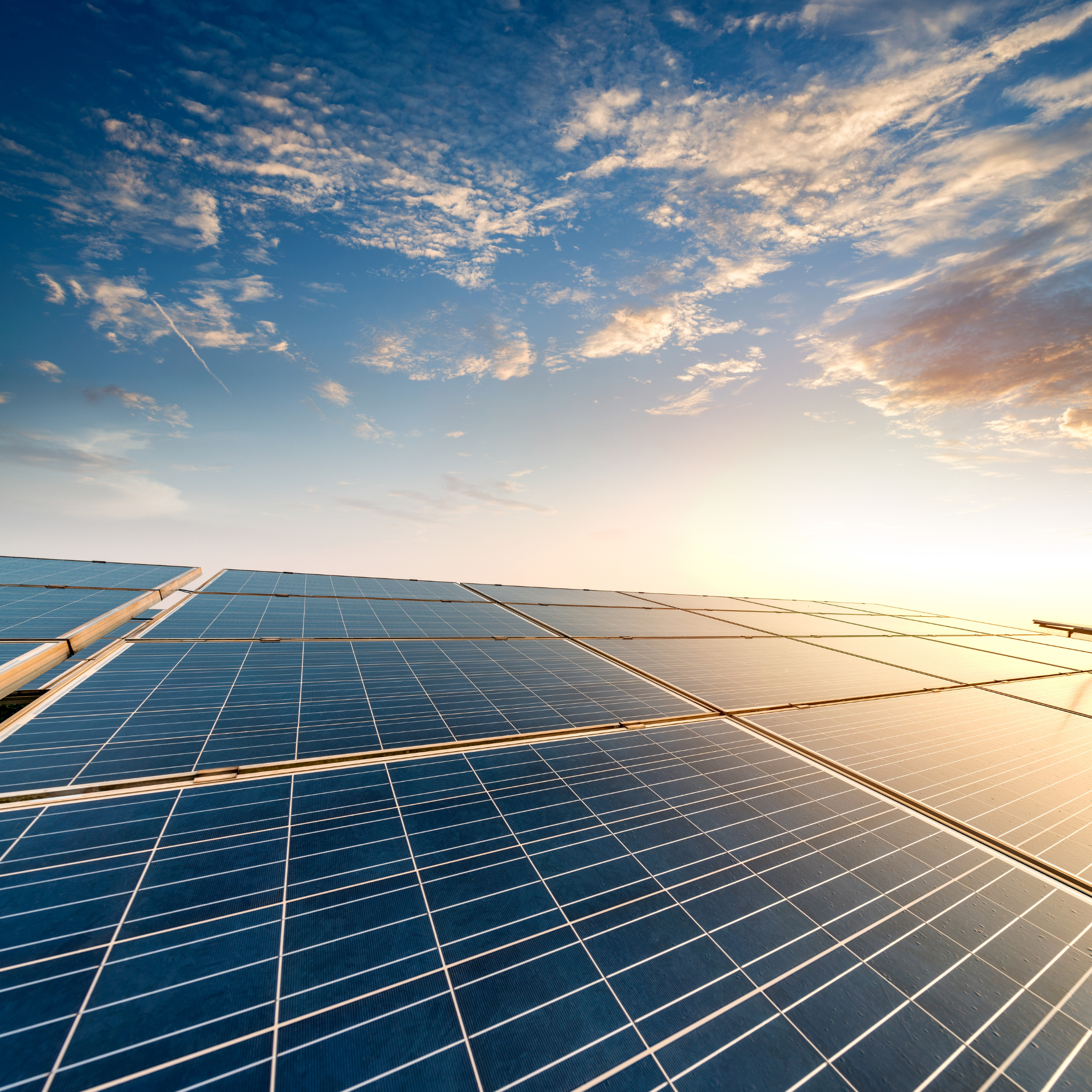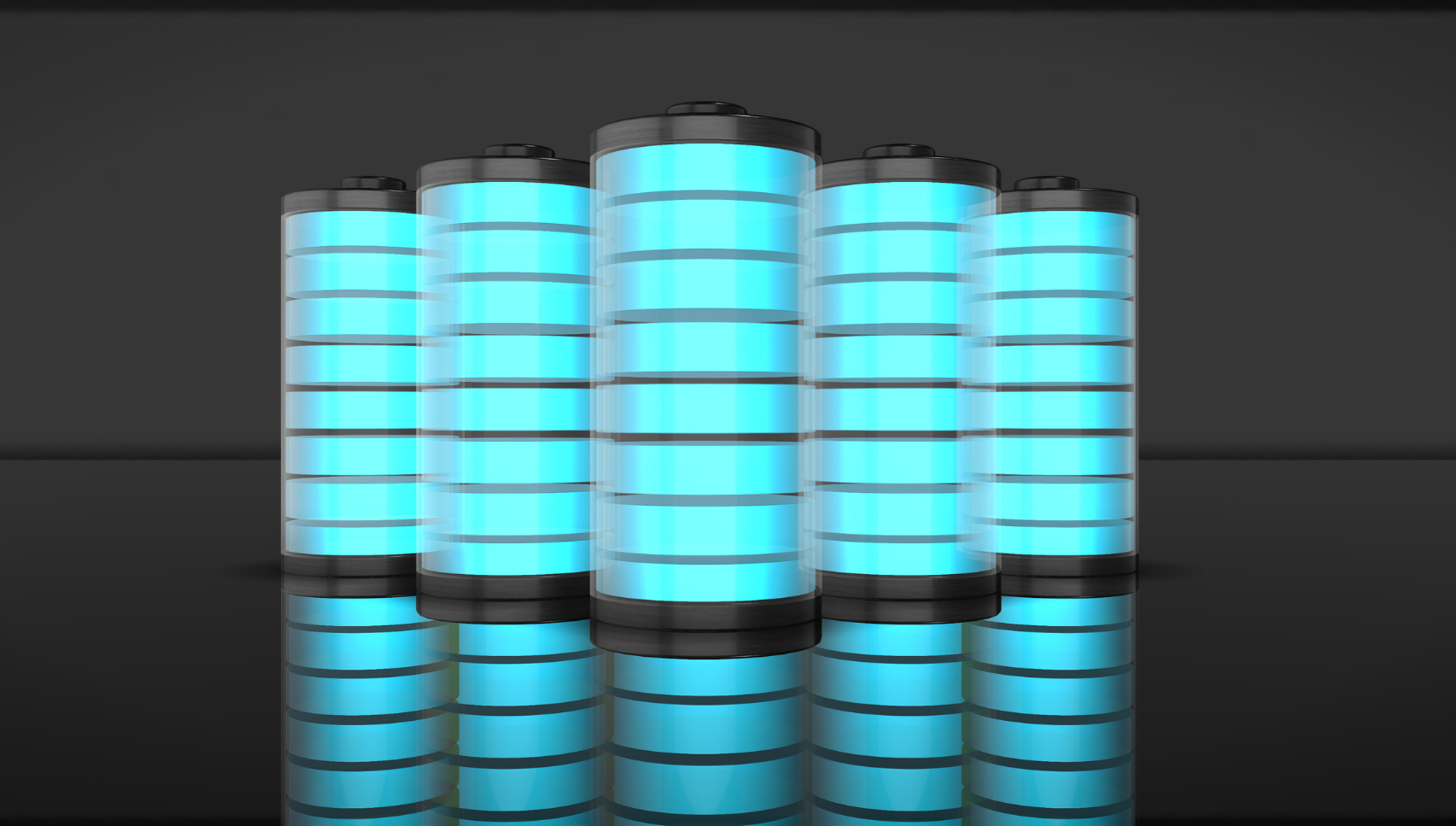With Enel X announcing the installation of battery storage systems in shopping centres in Melbourne and on the NSW central coast, this year may see a shift in the energy market as we transition from coal and gas to renewables and storage.
AEMO has for many years been looking at a fundamental shift in generation, transmission and energy usage. AEMO is now focusing on firming electricity, electric vehicles and the regulatory framework to enable these changes to occur.
Key federal policies have underpinned the need to progress an increase in renewable energy. Growth in renewable energy is dependent on the growth of storage to be fully utilised and the need for greater transmission infrastructure is required to link the projects to the end users.
In recent years we regularly saw that the NEM had the potential to operate with very high levels of renewables, but the limiting factor still remained that thermal generation provided the firming, reliability and system security when the wind was not blowing or the sun is not shining. At the end of December, South Australia produced 104% of its demand with renewable energy and exported the extra electricity to the neighbouring region.
AEMO reports show there is currently 21GW of new projects undergoing connection assessment and they expect 5GW of new capacity to be added during FY2023 adding to the 4GW currently operating.
To assist this influx in renewable generation ARENA granted $176m in December 2022 to fast track 8 new battery projects bring in 2.0GW/4.2GWh of storage. The plan is to triple the battery storage across the NEM by 2025.
Over the next year we will also see more transmission lines connecting the nation as more renewable energy zones are connected to the load centres under the Rewiring the Nation policy. The first transmission projects to receive Rewiring the Nation funding were announced following the October 2022 Federal budget. Recently funded projects include the VNI NSW-Victoria interconnect, Marinus Link and various NSW transmission projects connecting the renewable energy zones. This funding will assist in building the transmission lines over the next 10 years.



